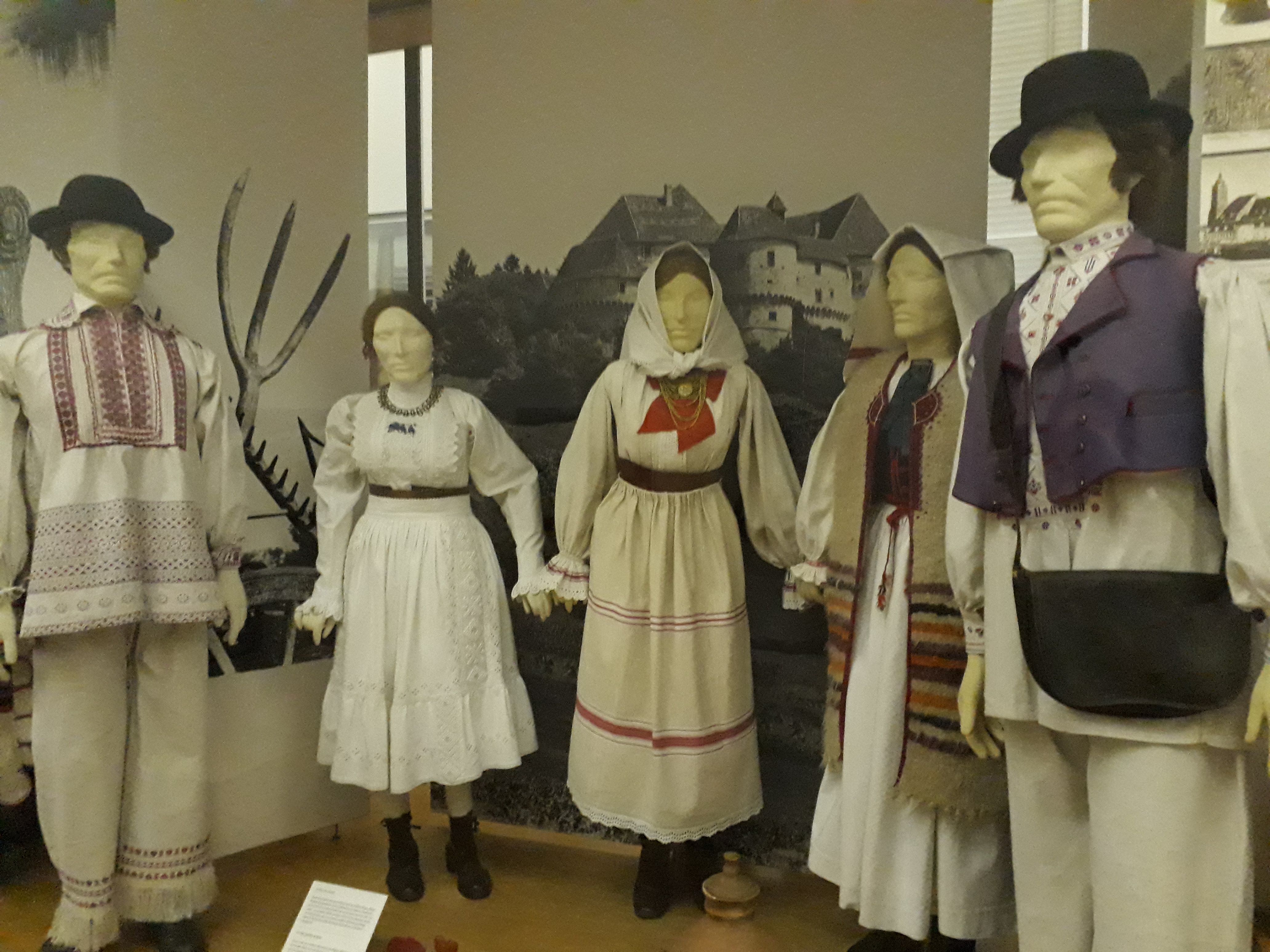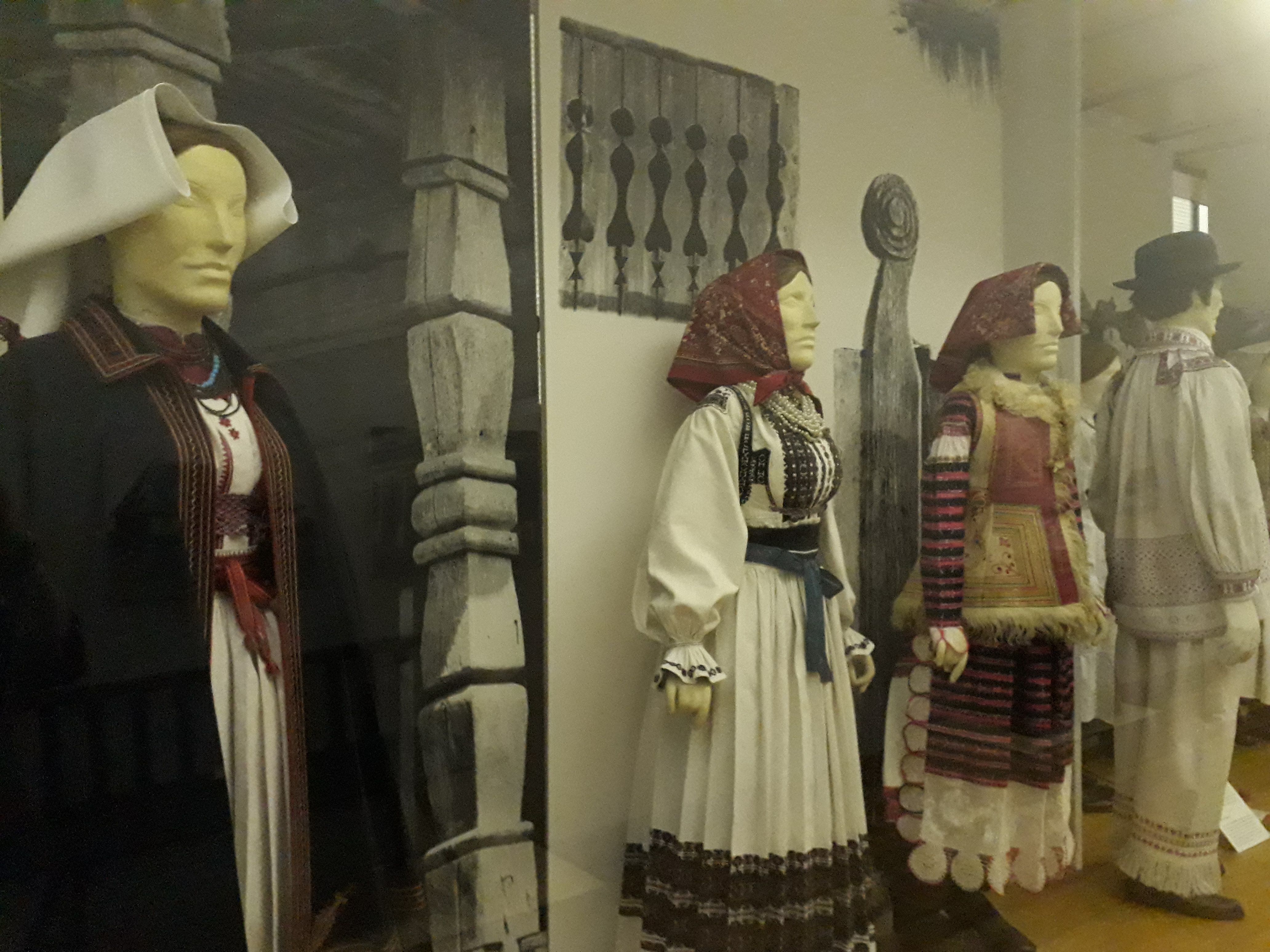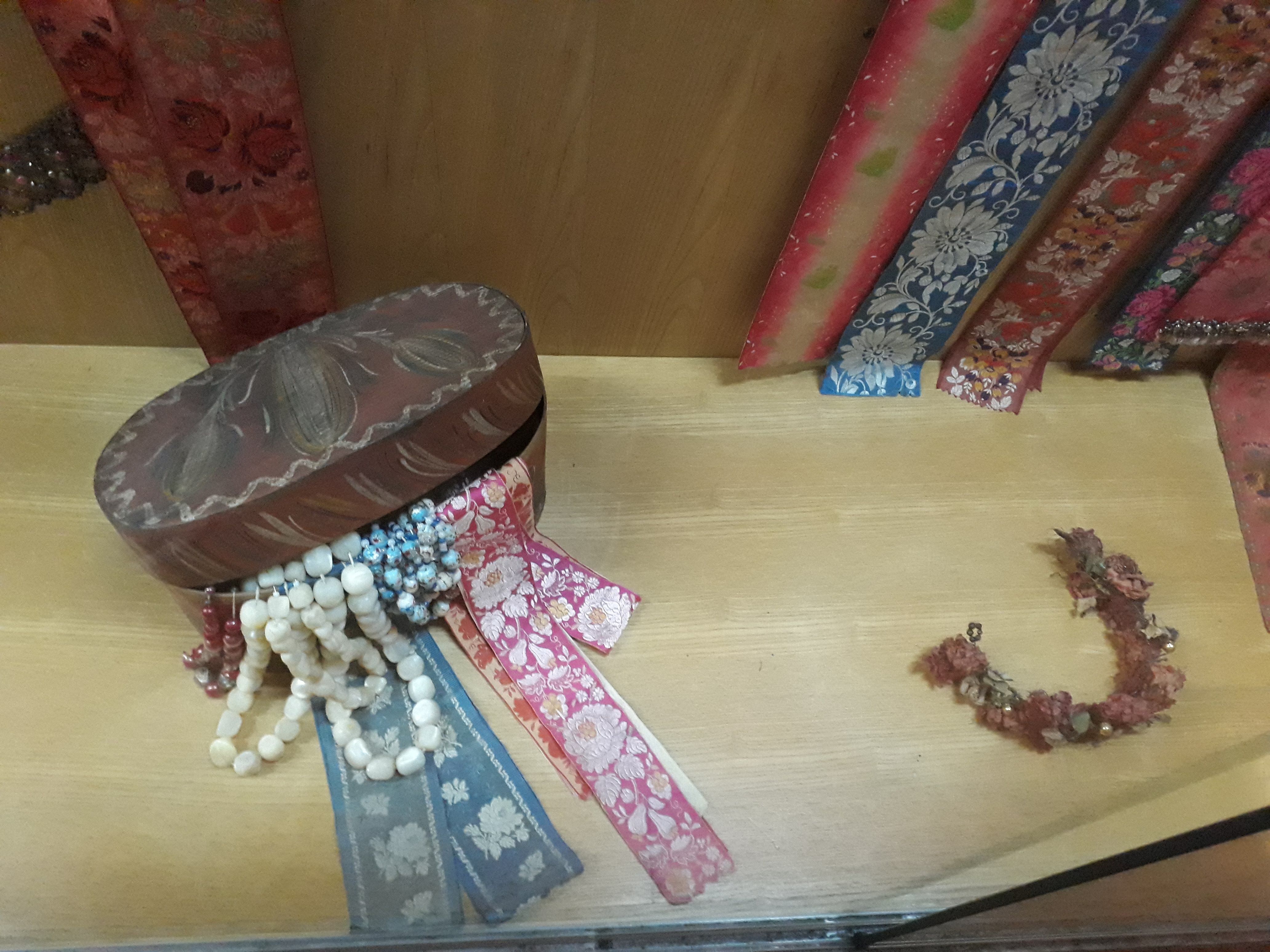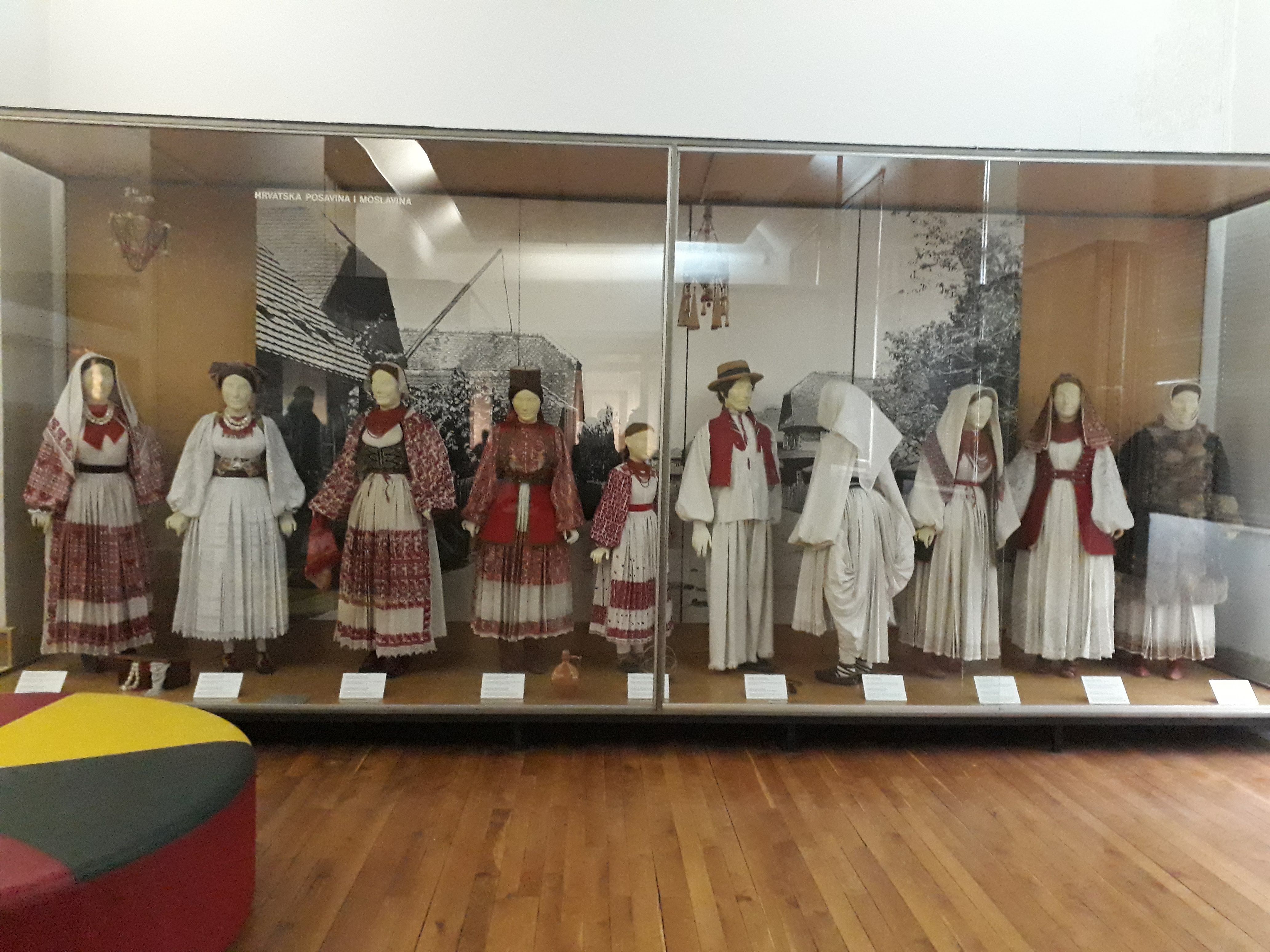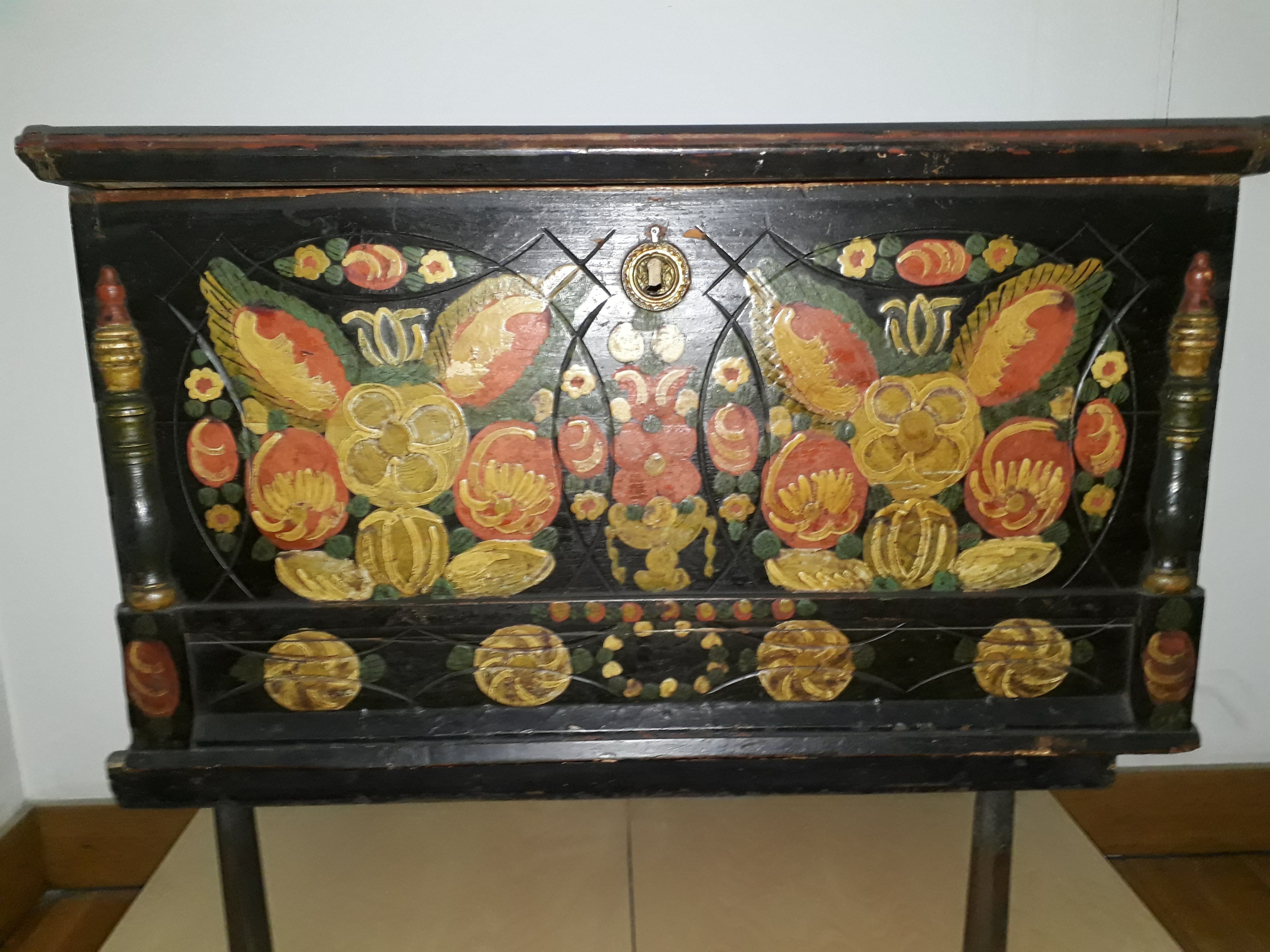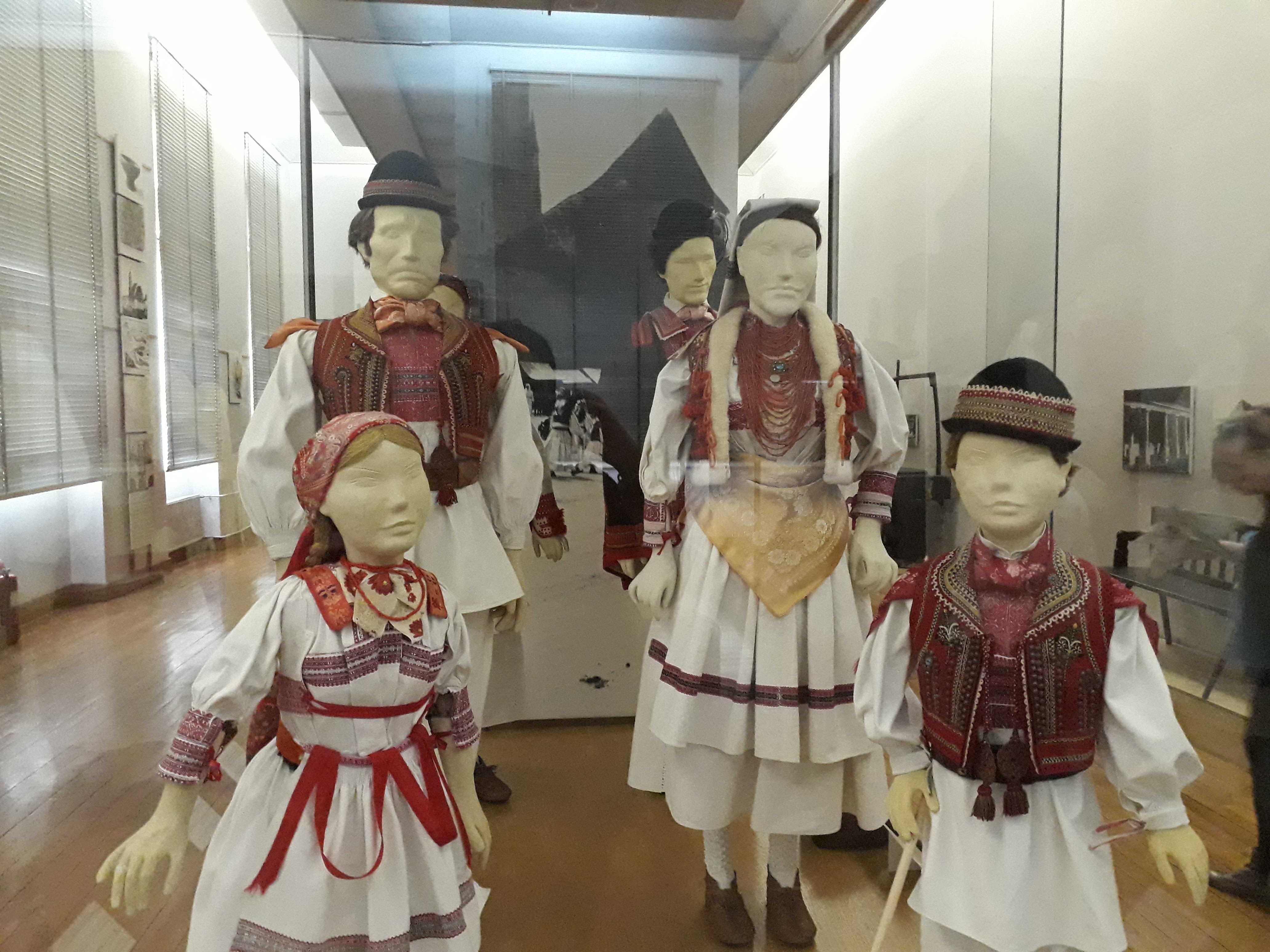Importance of Cultural Heritage
I've visited the Ethnographic Museum recently and although it's been a while since I was there, surprisingly for the first time I can say that I was seriously enjoying. Maybe I was too little to realize the importance of the cultural heritage or maybe we spend too much time in shops like H&M or Zara so we forget that people used to take time for making clothes.
Ones people were working seriously and painstakingly on some of the things that are totally unthinkable today. For example, to spend ages to create a dress or some other piece of clothing...
Folk costumes, just as the name suggests, are the costumes of a people in a certain time. It is interesting to see how people ones dressed and how they lived.

In the permanent exhibition of the Ethnographic Museum, there are exposed folk costumes from Croatia, from the end of the 19th and the beginning of the 20th century.
Rich linen fabrics, costume decorated with gold plating makes Croatian folk costumes extremely colorful and dynamic.
Clothes weren't so consumable ones.
Although these were mostly costumes for a 'special' occasions, the variety of costumes of a particular region also tell us the social dimension of the people that used to wear it - the age and position within the families, which is particularly noticeable in women's clothing.
Most of the collection belongs to the folk costumes, but there you can find rich collections of objects or parts of the furniture.
For example, one of the important heritage is gingerbread cakes - pastry products of various shapes painted and decorated by hand.
The several centuries-long traditions of manufacturing these products in particular regions of Croatia, has been recognized not only in the local community but in 2010 this craft was also incorporated on the UNESCO list of Cultural Heritage.
Instead in a Mall maybe I'll take my children to the Musem next time.
